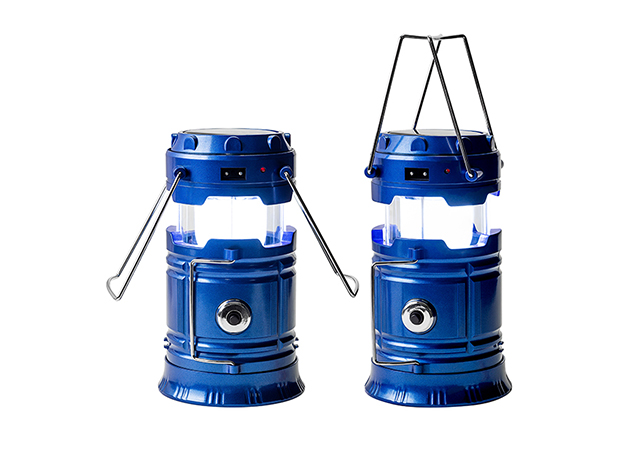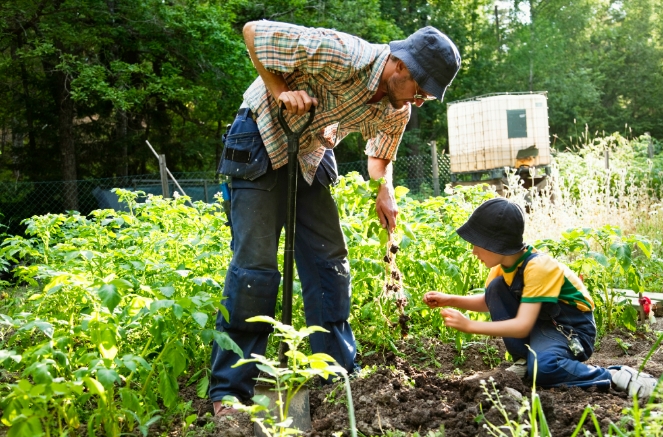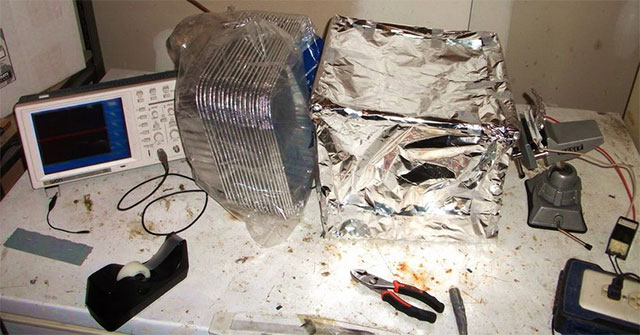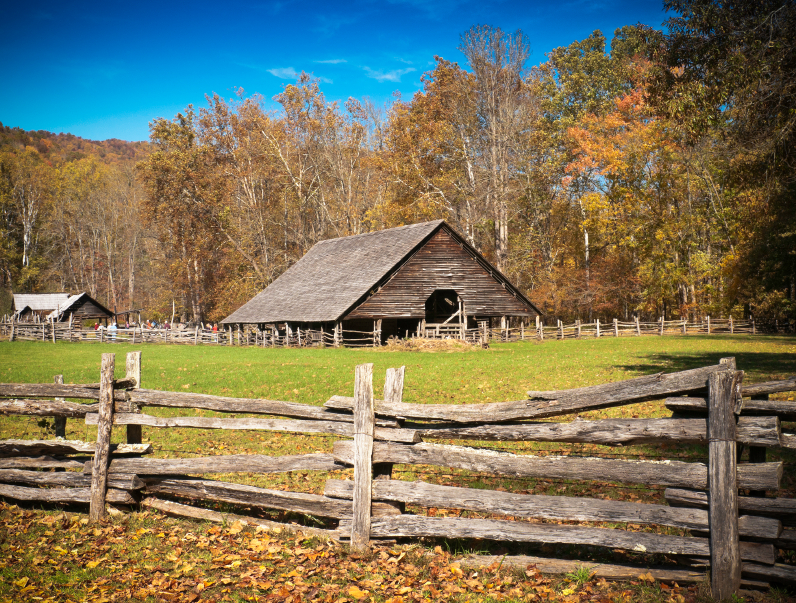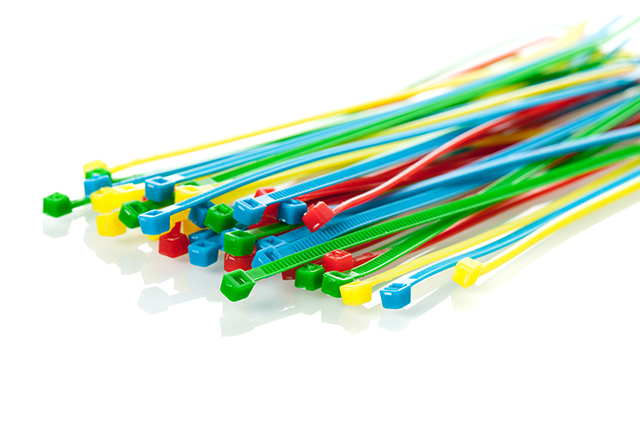Tips and tricks for eating healthy on a budget
07/03/2019 / By Zoey Sky

Following a healthy diet doesn’t have to be expensive or time-consuming. If you want to eat healthily on a budget, try meal prepping and buy produce from farmers’ markets.
The tips detailed below may help you make healthy changes to your diet without breaking the bank.
Make a plan and stick to it.
Eating well can help you save money, but a bit of hard work is required before you reap the benefits of meal prepping. First, you need to create a weekly meal plan. You should also develop a grocery list before you shop for the items you need. Ideally, you should cook meals several days ahead so you only need to reheat food.
Meal prepping also helps you save money on gas because you don’t need to go on multiple trips to the grocery store if you have a detailed weekly plan. Since you already have healthy snacks prepared at home, you won’t be tempted to buy junk food while at the store.
Eat more whole plants and less meat and junk food.
Highly processed foods and various meat products can be expensive. But switching to a plant-based diet can lower your grocery bills.
The time it takes to prepare your own food is a small sacrifice to make, especially since it gives you access to fresh, nutritious meals every day. (Related: Clean Eating 101: Simple Rules To Live A Healthy And Clean Lifestyle.)
Buy healthy and affordable foods.
Don’t waste your hard-earned money on junk food. Instead, buy inexpensive, nutrient-rich alternatives.
Here are some of the cheapest and most nutritious foods that you can incorporate into your meal prep:
The power of the elements: Discover Colloidal Silver Mouthwash with quality, natural ingredients like Sangre de Drago sap, black walnut hulls, menthol crystals and more. Zero artificial sweeteners, colors or alcohol. Learn more at the Health Ranger Store and help support this news site.
- Apples
- Bananas
- Broccoli
- Brown rice
- Butternut squash
- Cabbage
- Cantaloupe
- Carrots
- Edamame
- Flaxseed
- Lentils
- Oats
- Onions
- Oranges
- Organic tofu
- Quinoa
- Russet potatoes
- Split peas
- Sunflower seeds
- Sweet potatoes
- Zucchini
Buy in bulk and get frozen foods.
Buy dried goods like lentils, millet, and oats from the bulk aisle. Most of the time, buying in bulk is cheaper compared to pre-packaged portions. If you’re unsure that the food is cheaper in bulk, compare prices per ounce or pound with the packaged price per ounce or pound.
If you don’t have access to fresh fruits and vegetables, get the next best thing: frozen produce. Flash-frozen produce is frozen immediately after it is harvested, which stops the deterioration process and locks in the nutrients. The only downside to frozen vegetables is a diminished texture, which isn’t too bad if it means you save a bit of money in the long run.
Buy local and in season whenever you can.
It’s cheaper to buy fresh produce locally when it’s in season since getting fruits and vegetables off-season costs more to produce and ship. After you buy fresh produce in season, freeze or preserve any excess food for later.
You can buy local food in your area by shopping at the following locations:
- Farmers’ markets – Food at farmers’ markets usually costs less than those in supermarkets and grocery stores.
- Buy directly from growers – Ask around to see if local food growers and producers in your area will let you buy directly from them.
- Pick your own – You can search online for pick-your-own farms near your area.
Reheat your leftovers.
Cooking at home eliminates packaging waste and high overhead and service costs at restaurants. Home cooking lets you make the most out of your leftovers. You can refrigerate or freeze your leftovers and just reheat them for a delicious and nutritious meal.
Grow your own produce and learn how to preserve it.
Gardening is another great way to lower your monthly food bills. Plants like chard, collards, and kale are easy to grow. If you live in an apartment, you can still grow herbs or vegetables in buckets and containers.
Simple food preservation methods like canning or pickling can also help you save money.
Try meal planning or cultivate your own vegetable garden to reduce your food bills and save some money for emergencies.
Sources include:
Tagged Under: budget meal prep, food collapse, food freedom, food independence, food preparation, fruits and vegetables, home gardening, homesteading, meal planning, meal prep, organics, preparedness, prepper, prepping, self-reliance, sustainable living
RECENT NEWS & ARTICLES
COPYRIGHT © 2017 · SURVIVAL NEWS

